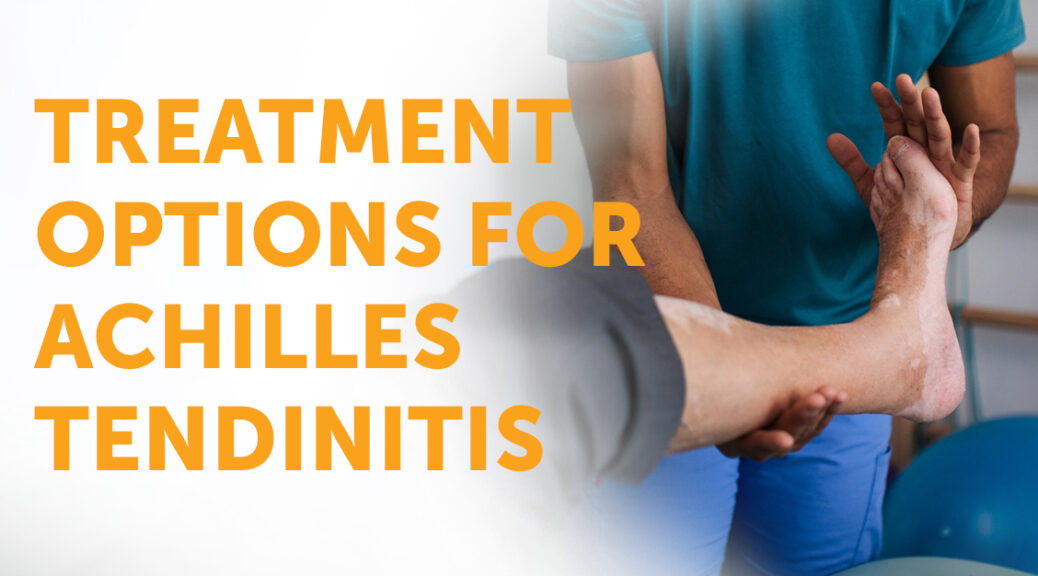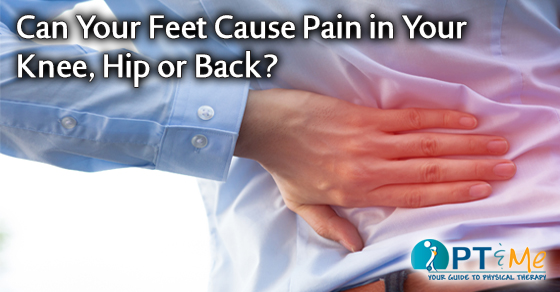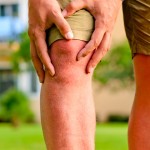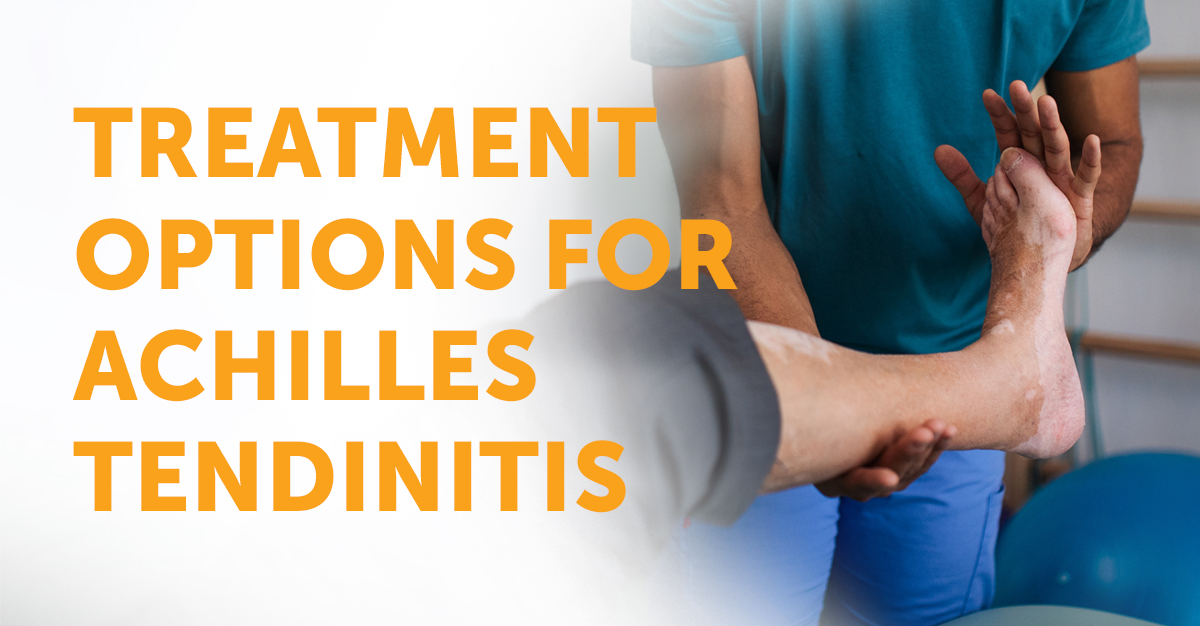
The Achilles tendon is the largest tendon in the body. It connects your calf muscles to your heel bone and is used when you walk, run, and jump. Although the Achilles tendon can withstand great stresses from running and jumping, it is also prone to tendinitis, a condition associated with overuse and degeneration. Achilles Tendinitis causes pain along the back of the leg near the heel. If you suffer from Achilles Tendinitis – try these pain relief methods.
Treatment Options for Achilles Tendinitis
REST: Cut back your training by decreasing your mileage and intensity. Also, avoid hills and speedwork. You may substitute running with swimming, running in water, and biking to reduce the irritation.
ICE: Apply ice to the affected area for 10 to 20 minutes with at least one hour between applications. Do not apply ice directly to your skin – a pillowcase or dish towel works well as a protective barrier. Frozen peas or reusable gel packs are flexible and conform well to the injured area.
PROPER FOOTWEAR/ORTHOTICS: This situation can be corrected with arch supports or custom orthotics. Orthotics allow your foot to maintain the correct position throughout the gait. Avoid walking barefoot and wearing flat shoes. If your pain is severe, your doctor may recommend a walking boot or to cast you for a short time. This gives the tendon a chance to rest before any therapy is begun.
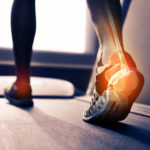
NON-STEROIDAL ANTI-INFLAMMATORY MEDICATION: Drugs such as ibuprofen and naproxen reduce pain and swelling. They do not, however, reduce thickening.
PHYSICAL THERAPY: Achilles tendinitis can be a painful, chronic condition if left untreated. Physical therapists may use stretching, massage, custom orthotics, strengthening, and/or balance activities to help your body relieve pain and heal.
CORTISONE INJECTIONS: Cortisone, a type of steroid, is a powerful anti-inflammatory medication. Cortisone injections into the Achilles tendon are rarely recommended because they can cause the tendon to rupture (tear).

